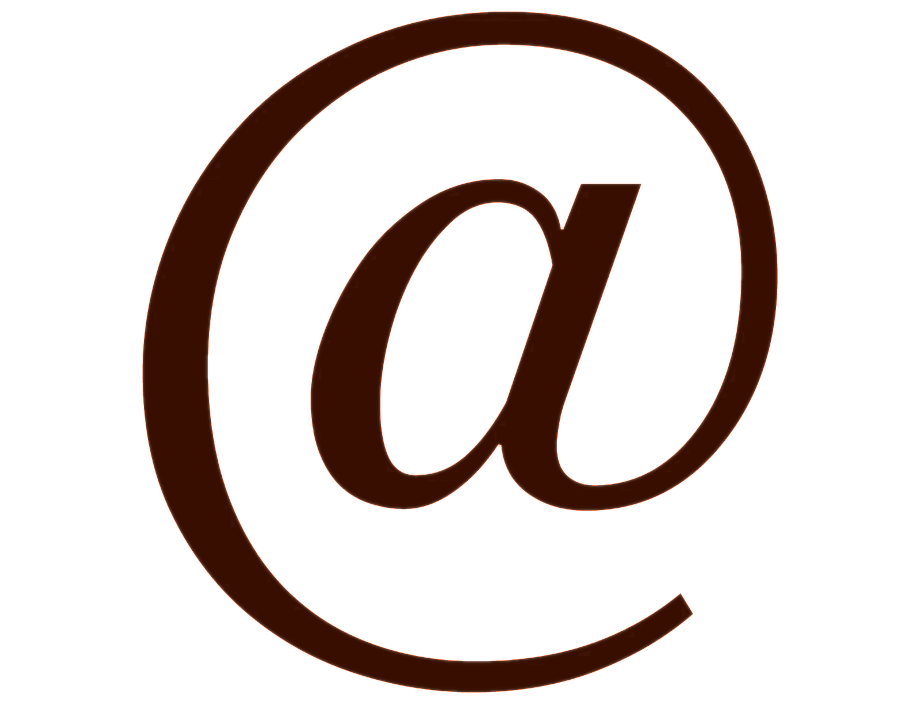The “@” symbol, or as we commonly recognize it today – the email address staple, has an intriguing and multifaceted history. This story traces its lineage from ancient manuscripts to the heart of modern electronic communication.
1. The Historical Antecedents of @
- The first record of the @ symbol dates back to a 1345 Bulgarian translation of the Manasses Chronicle. Here, the symbol stood for “amin” or “amen.”
- A version of this symbol, lacking its central ‘a’, made an appearance in a 1448 Spanish registry, Taula de Ariza, concerning a wheat shipment.
- Its commercial debut was in 1536 in a letter by a Florentine merchant named Francesco Lapi. He utilized the symbol to denote an amphora, a clay jar, used for wine measurement.
2. The Italian Connection
- Professor Giorgio Stabile from Sapienza University of Rome, who unearthed Lapi’s letter, proposed that the symbol’s ornate design surrounding the ‘a’ was a popular script embellishment of that era in Florence.
- The theory suggests that Italian merchants might have popularized the @ symbol, incorporating it in various trade documents across Europe.
3. Spain’s Contribution
- Spain had its own usage for the symbol in the 16th century, representing the “arroba,” a unit equating to roughly 25 pounds. The name ‘arroba’ is speculated to have roots in the Arabic word “ar-rub,” translating to “quarter.”
4. Its Evolution in Meaning
- In time, @ started denoting “at the price of” in commercial documents. It was even used to signify the French preposition à in the 17th century.
- Another theory, albeit one lacking concrete evidence, presumes that the @ symbol was an invention of medieval monks as a replacement for the Latin “ad.” This was done presumably to conserve time and resources during an era where books were manually inscribed.
5. The Resurgence of @ in Modern Times
- The @ symbol’s fortunes transformed in 1971, thanks to engineer Ray Tomlinson. Working on the SNDMSG program in the TENEX operating system, he introduced the capability to send messages to users not just on the same computer but across the nascent ARPANET.
- While reworking the code, Tomlinson employed the @ symbol to distinguish between a local account and a network computer. His rationale? The symbol was obscure enough not to be confused with usernames.
- With the advent of the DNS system, the format evolved from loginname@host to [email protected]. By the close of 1971, Tomlinson had sent the inaugural network email.
6. Bonus Tidbits
- Contrary to popular belief, the first commercial computer spam wasn’t the “Green Card Spam” of 1994 but was circulated by Gary Thuerk in 1978 on ARPANET.
- Telegraphic spam isn’t a new age phenomenon. Back in the 19th century US, many received unsolicited telegrams with investment pitches.
- The “://” in web addresses, according to Tim Berners-Lee, is redundant. It was initially meant to differentiate the web server’s necessary info from service-related details.
- Berners-Lee used the “#” in URLs to demarcate the primary URL from specific page sections, akin to how apartment numbers are often prefaced with “#” in addresses.
- A common misconception is equating the “web” with the “internet.” In reality, while the internet is a massive computer network, the web is merely a service facilitating access to internet files.
- The title “World Wide Web” was chosen by Berners-Lee to underscore the interconnected nature of information. He had considered other names like “Mine of Information” and “The Information Mine.”
This journey of the @ symbol from ancient annotations to the digital realm of emails serves as a testament to the dynamic evolution of symbols and how they can be repurposed in surprising ways.




